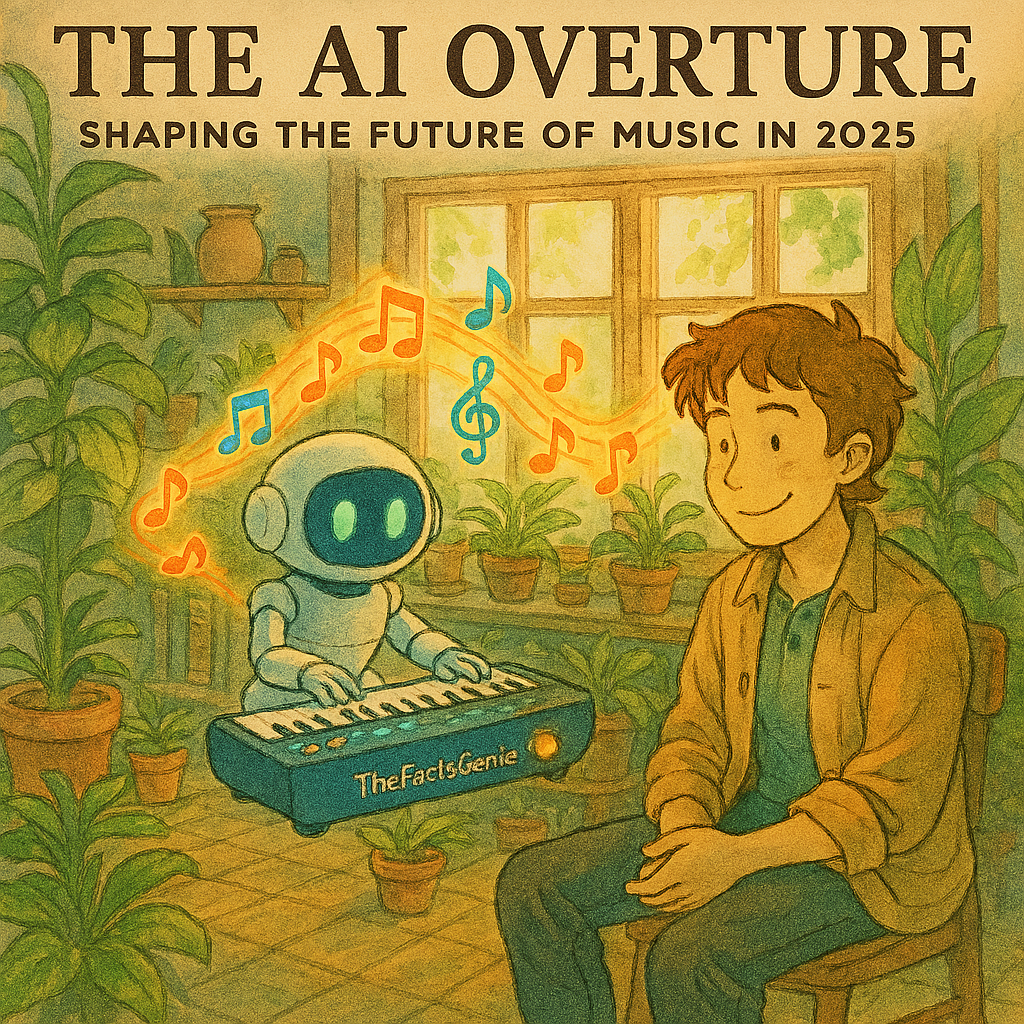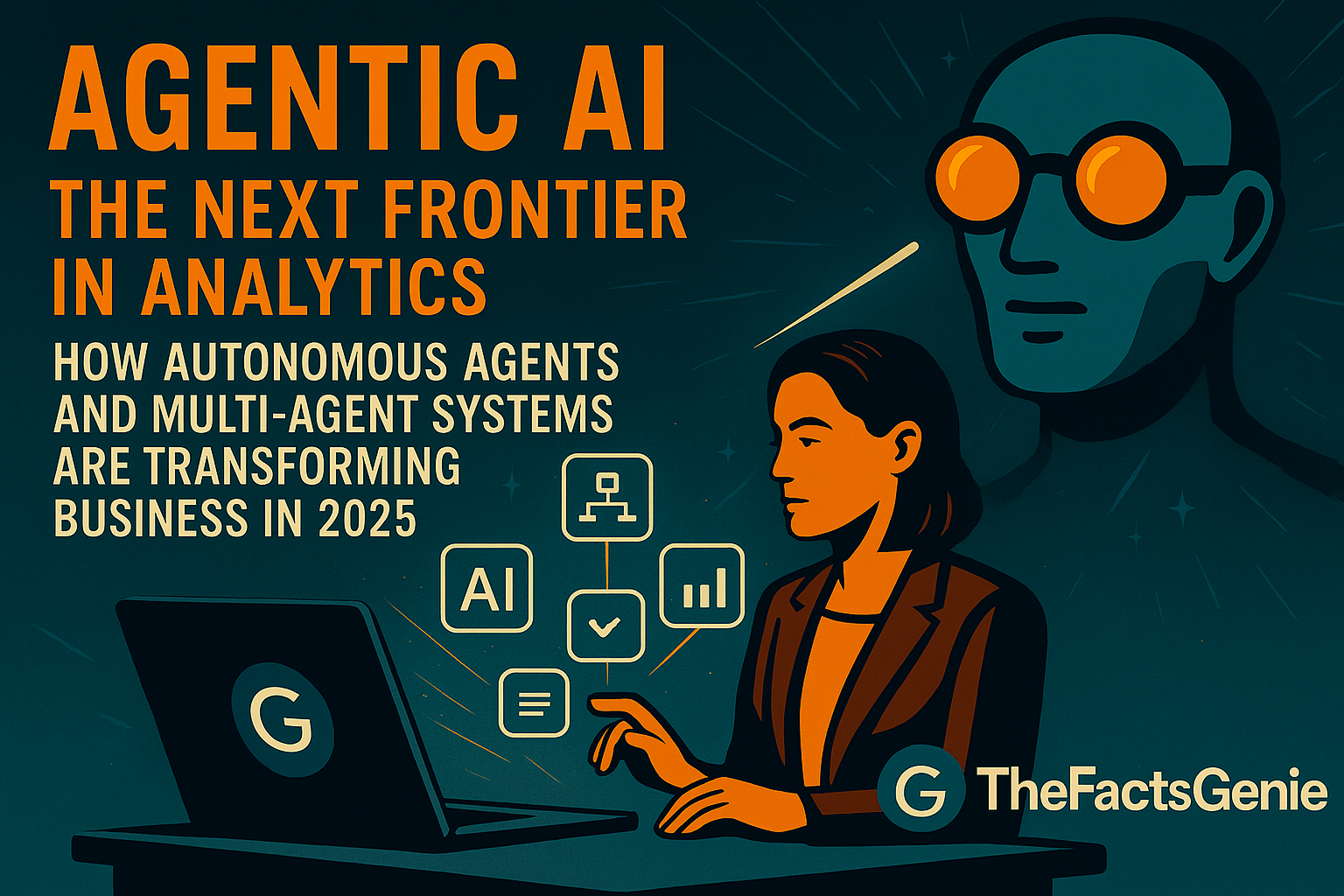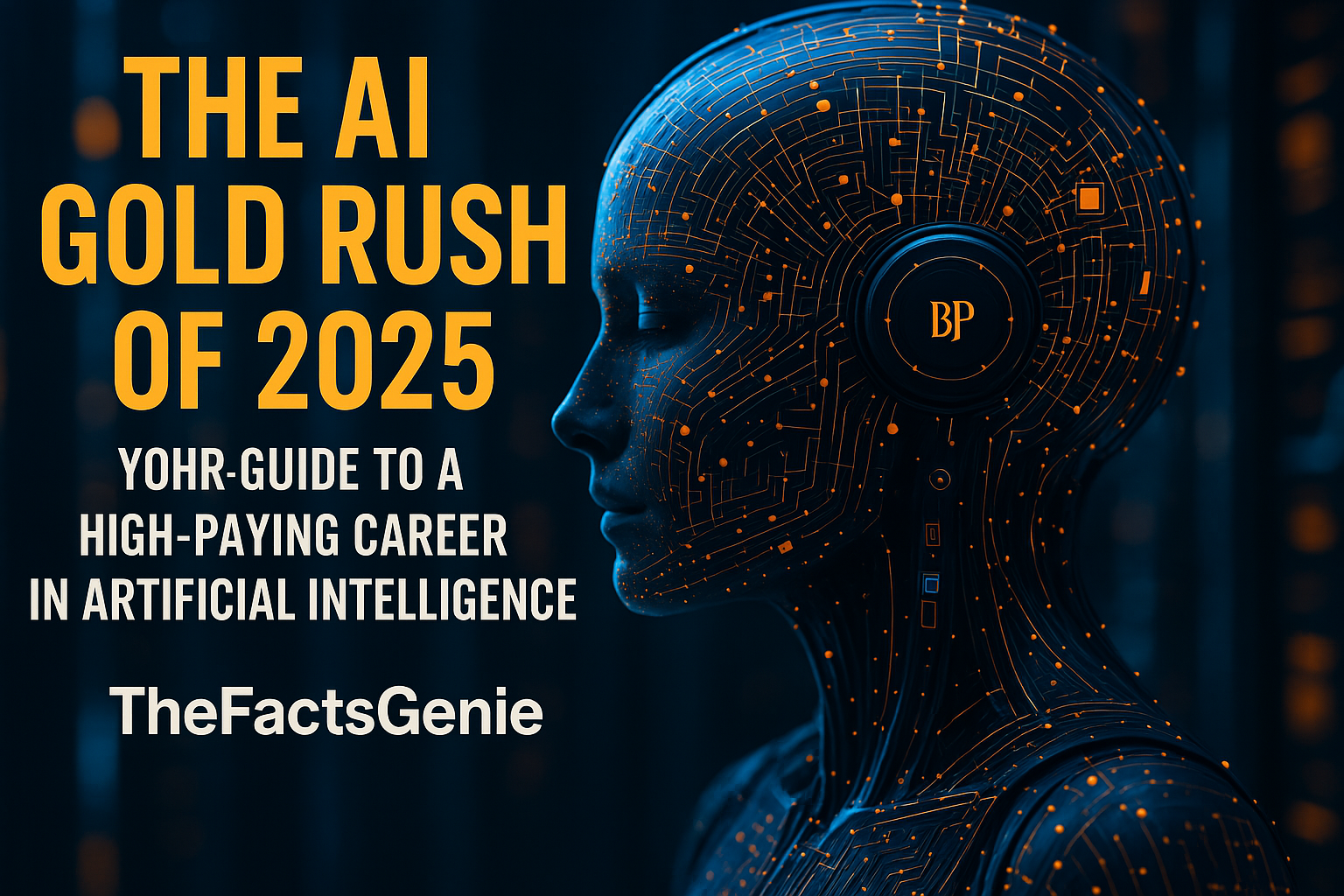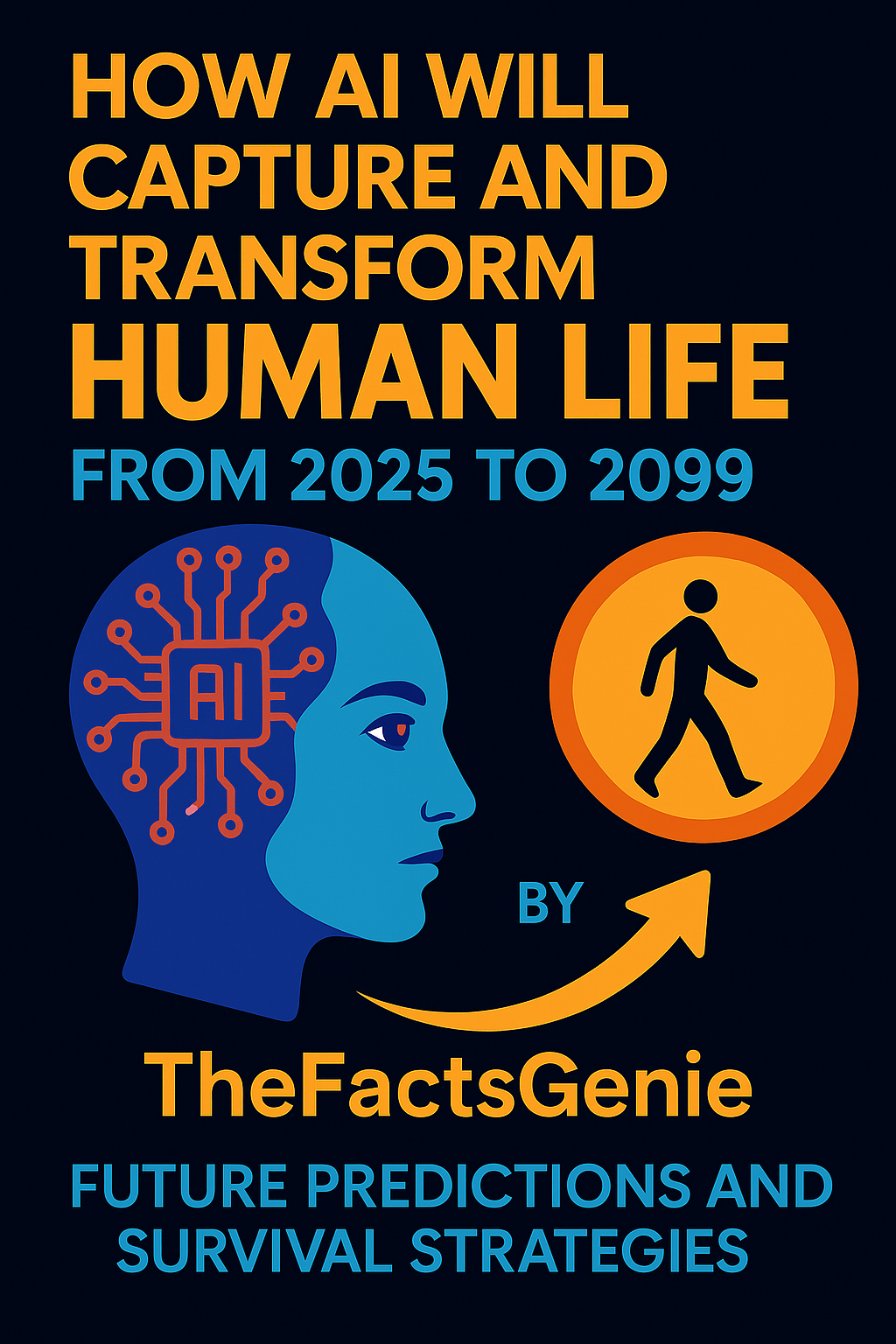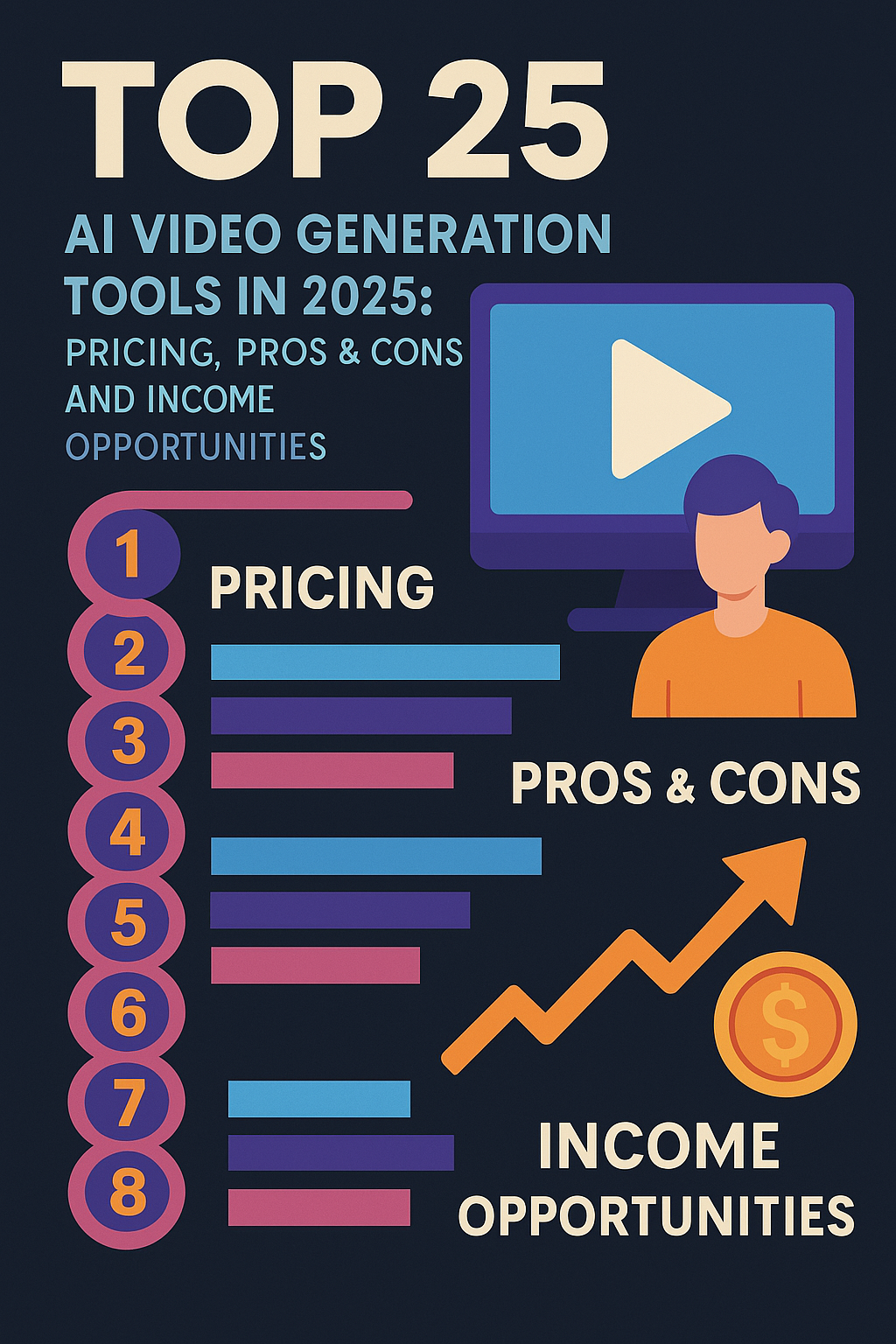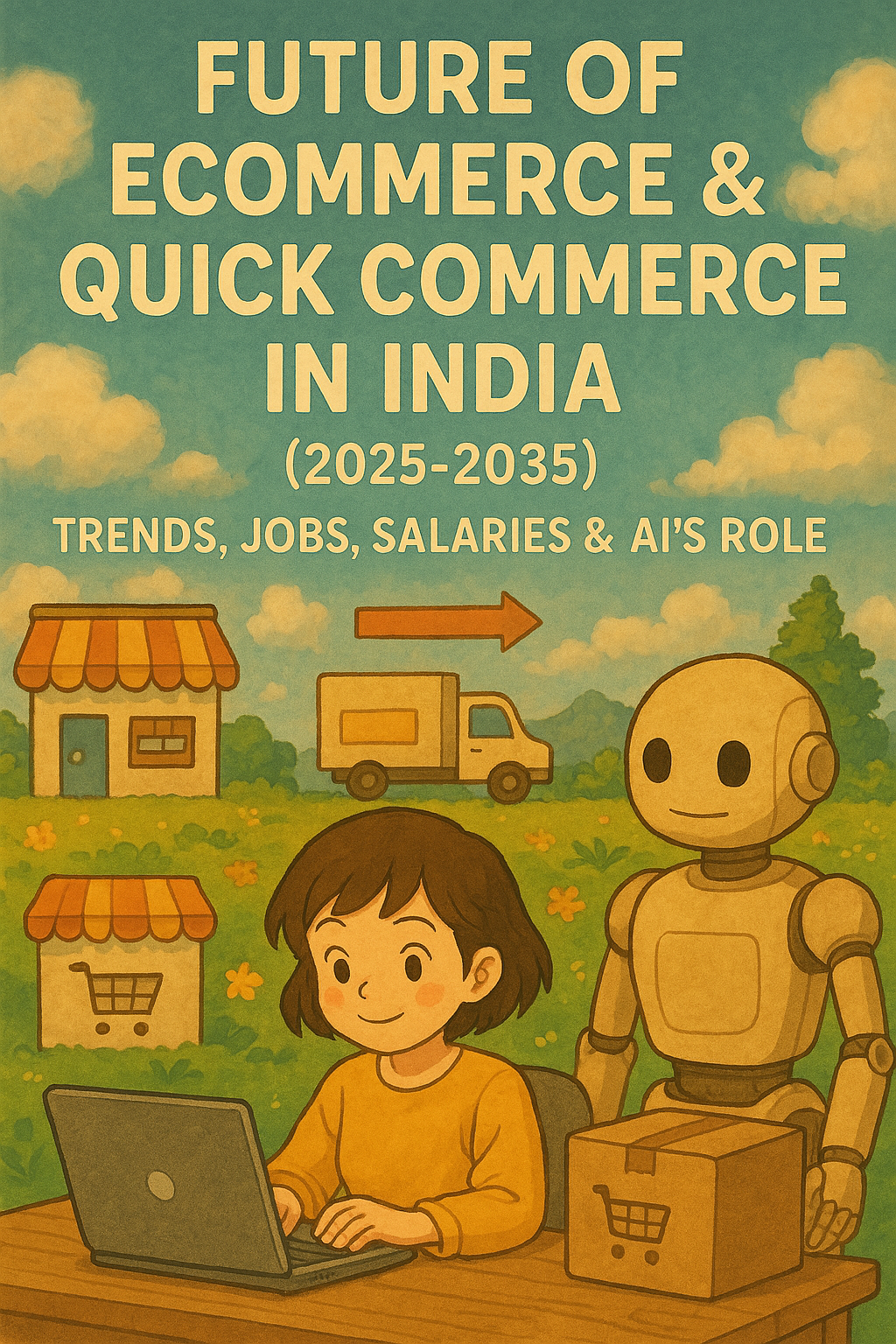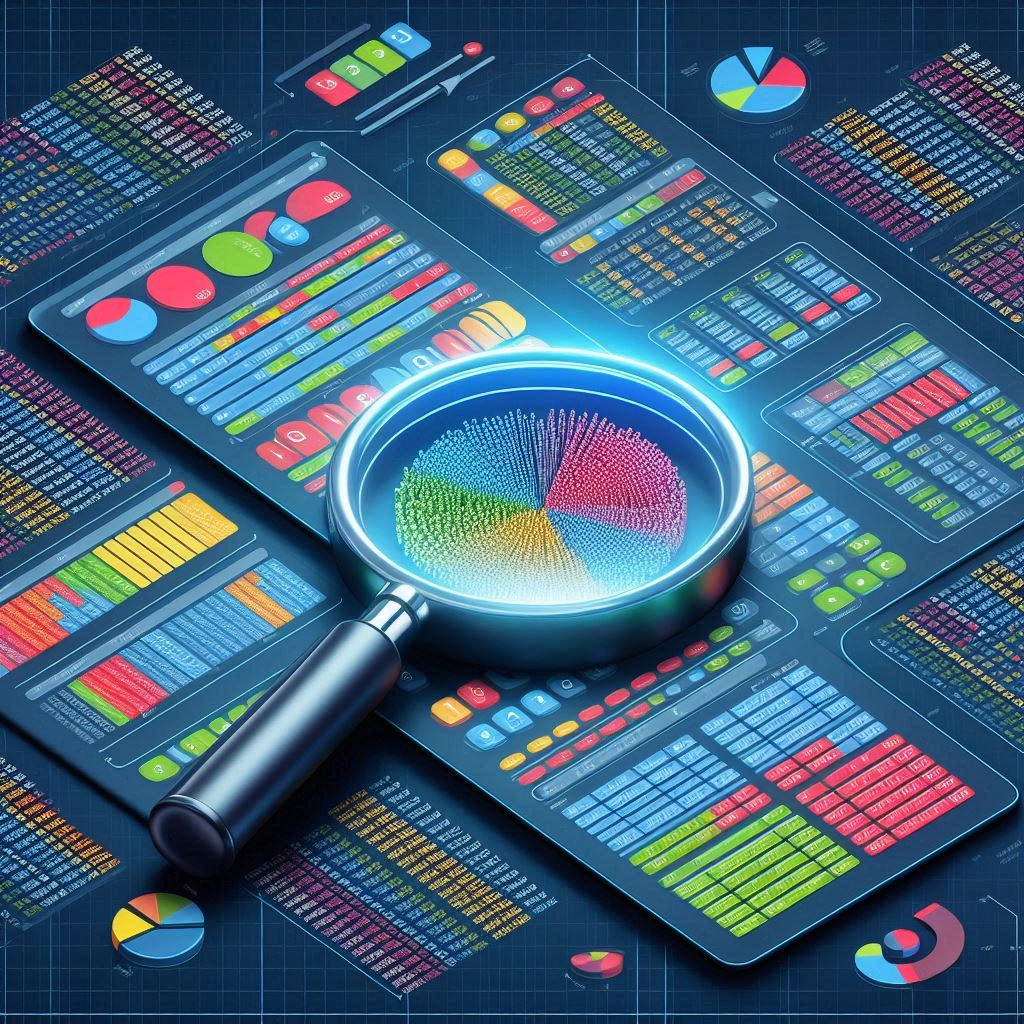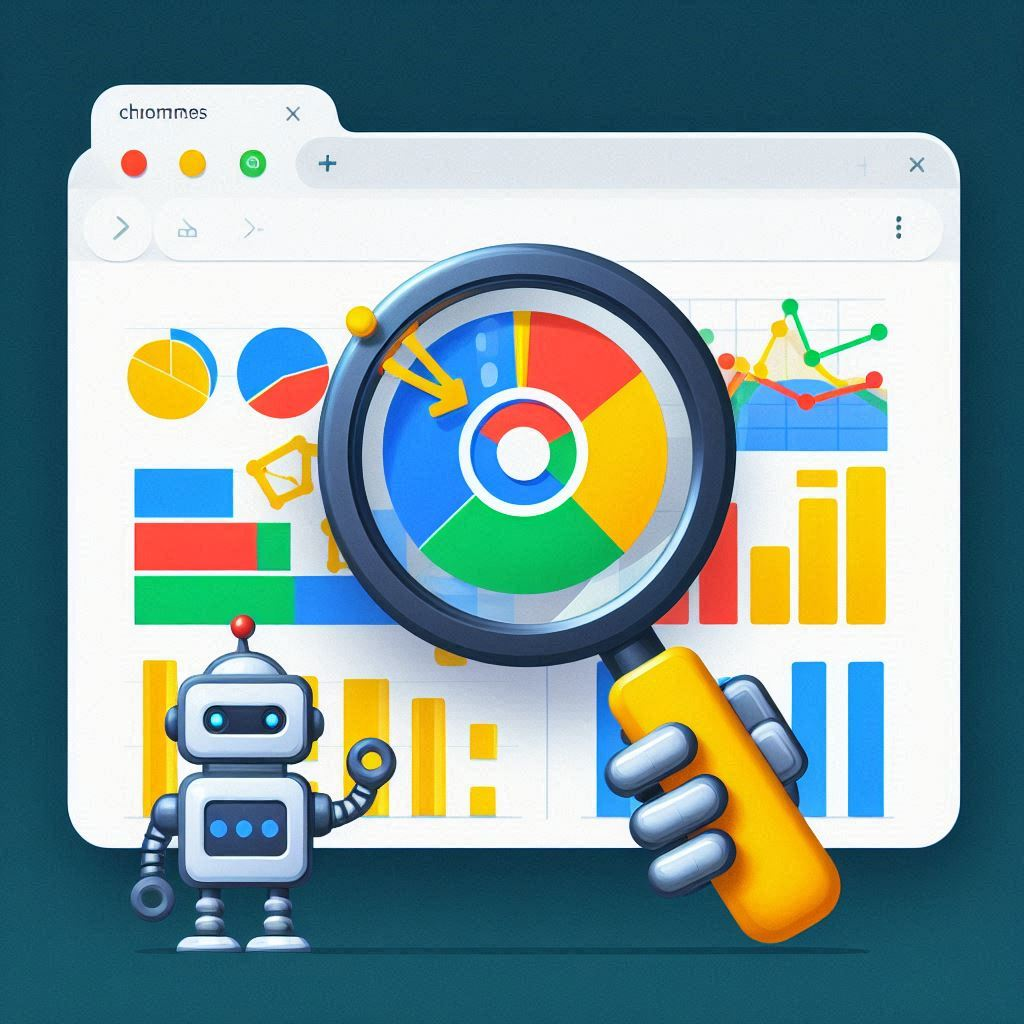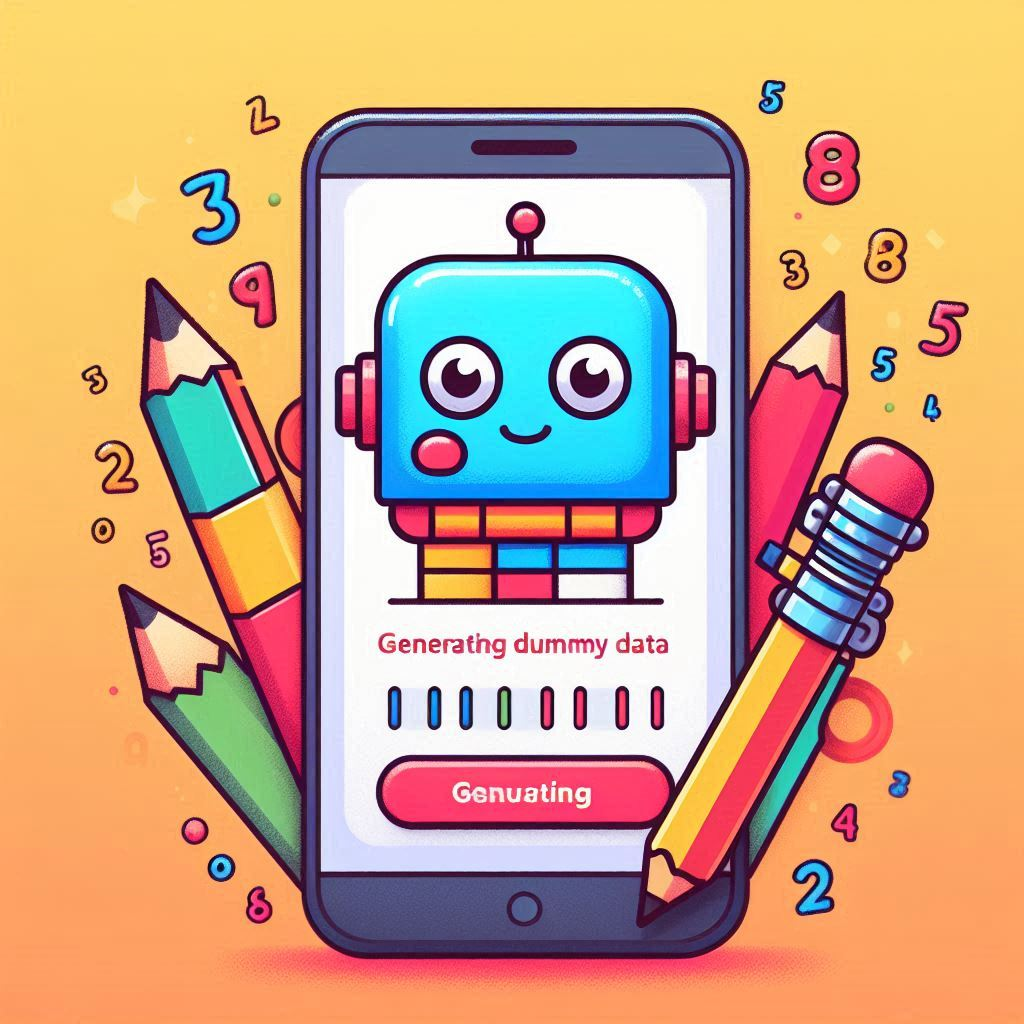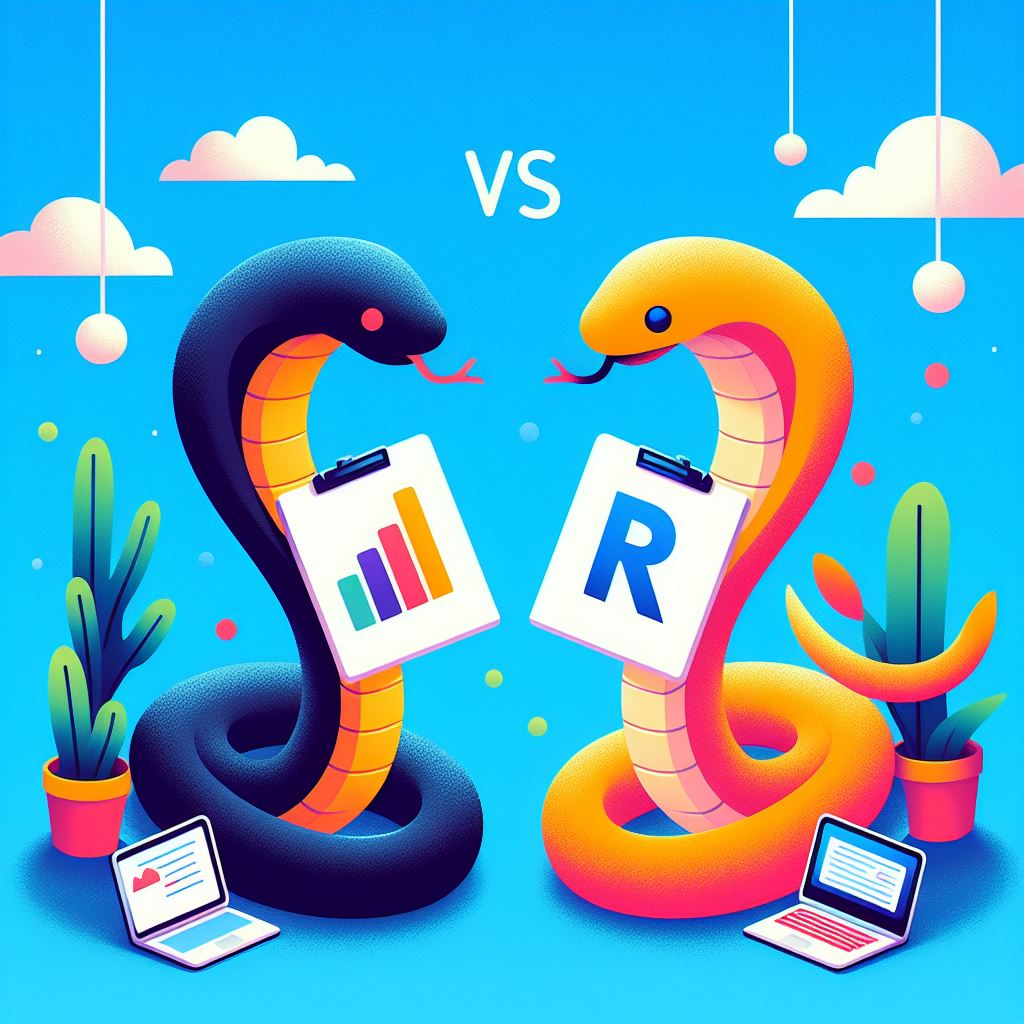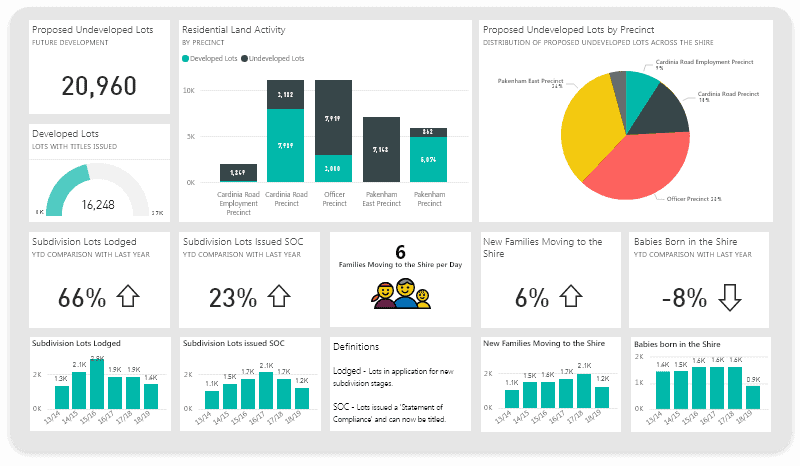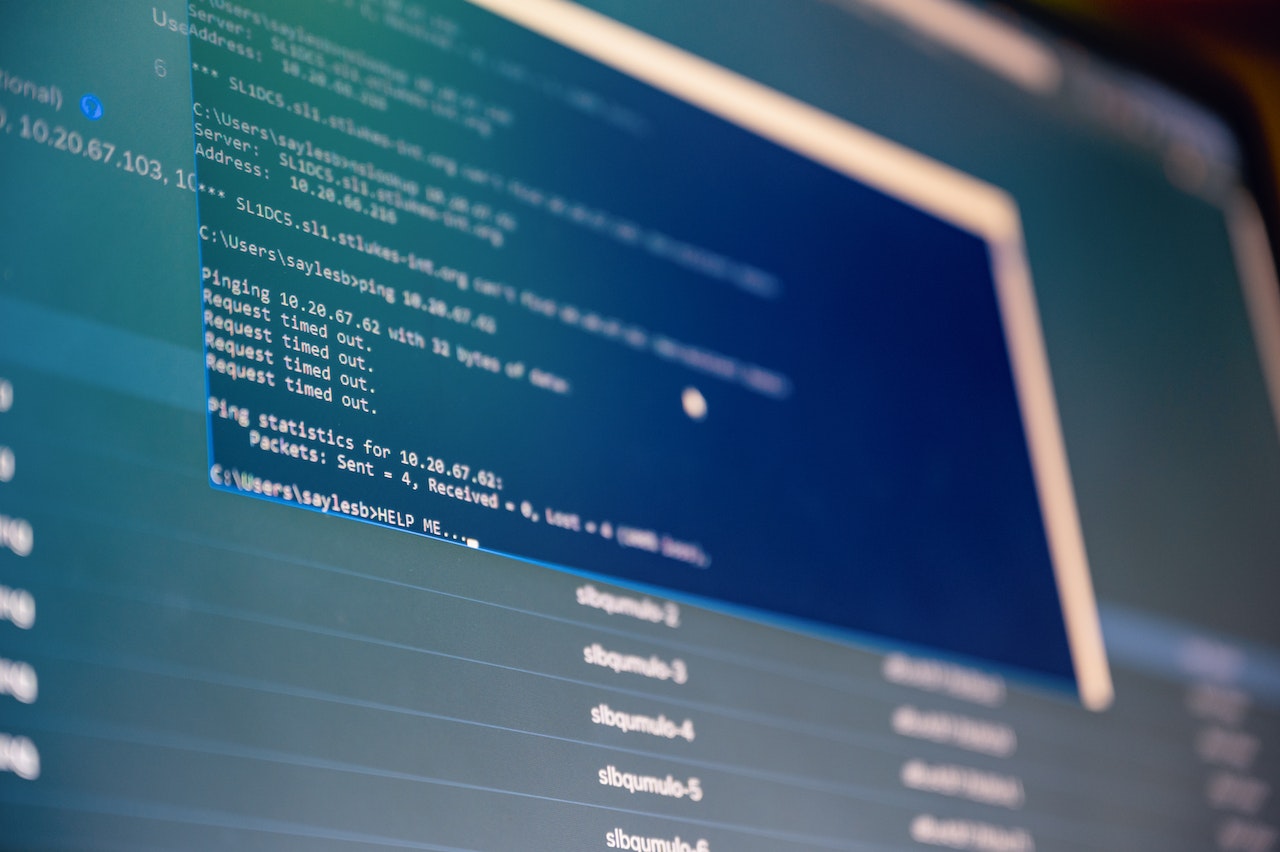
Unlock the full potential of AI code assistants in 2025. Discover the best tools, their capabilities, and how they’re transforming software development for professionals and beginners.
Artificial Intelligence (AI) has transcended theoretical innovation to become an indispensable tool across industries. Nowhere is this impact more profound than in software development, where AI code assistants are reshaping the way programmers write, debug, and optimize code. In 2025, these tools have evolved at an unprecedented pace—offering capabilities far beyond simple code suggestions. Whether you’re a seasoned developer, an educator, or a coding enthusiast, understanding the new generation of AI code assistants is crucial for staying competitive and productive.
What Are AI Code Assistants?
AI code assistants are intelligent tools powered by large language models and advanced machine learning algorithms designed to assist in various coding tasks. Their features typically include:
-
Real-time code suggestions and autocompletion
-
Automated error detection and debugging
-
Code documentation and explanation
-
Test case generation
-
Multi-language support
-
Integration with IDEs and popular code editors
Why Are AI Code Assistants So Popular in 2025?
The adoption surge can be explained by several key benefits:
-
Increased coding efficiency: Developers save significant time on boilerplate and repetitive tasks, allowing for faster project turnover.
-
Reduced error rates: Intelligent suggestions minimize bugs and syntax issues.
-
Lower learning curve: Beginners can understand complex code with in-line explanations and code generation.
-
Collaboration: AI tools can act as “pair programmers” for solo developers and distributed teams.
-
Customization: Modern assistants learn from individual or company codebases, tailoring suggestions over time.
Comparing the Leading AI Code Assistants (2025)
| AI Assistant | Core Features | Supported Languages | IDE Compatibility | Price Model |
|---|---|---|---|---|
| GitHub Copilot X | Autocomplete, test generation, chat, docs | 50+ (incl. Python, JS) | VSCode, JetBrains, Neovim, etc. | Subscription |
| Amazon CodeWhisperer | Code snippets, security scans | Python, JS, Java, more | VSCode, JetBrains | Free & Paid plans |
| Tabnine Pro | Team learning, enterprise security | 20+ | Most major editors | Subscription |
| Google Gemini AI | Context awareness, multi-modal inputs | Python, Go, JS, more | VSCode, Web editors | Premium |
| Replit Ghostwriter | Browser-native coding, AI deployment | 10+ | Replit web IDE | Free + Premium |
Real-World Use Cases
-
Professional Developers: Save hours on mundane tasks, refactor legacy code, and automate documentation
-
Educators: Use AI to generate teaching materials and interactive coding demonstrations
-
Students & Beginners: Get real-time feedback, detailed explanations, and learning support for new languages
-
Teams: Share AI-learned best practices, improve code consistency, and speed up reviews
Infographic: How AI Code Assistants Transform the Coding Process
Text
graph TD
A[User Types Code] –> B{AI Assistant}
B –>|Analyzes Context| C[Suggests Next Line]
B –>|Detects Error| D[Offers Fix]
B –>|Explains Segment| E[Documentation]
B –>|Adds Test| F[Generates Unit Test]
B –>|Receives Feedback| G[Personalizes Suggestions]
style B fill:#f9f,stroke:#333,stroke-width:2px
style A fill:#bbf,stroke:#333,stroke-width:2px
style G fill:#cfc,stroke:#333,stroke-width:2px
Impact on Developer Productivity
A 2025 industry survey reports:
-
63% of professional developers use AI assistants daily
-
Average productivity gain: 25–40% time saved per week
-
Fewer bugs: 51% reported significantly reduced error rates
-
Upskilling: 44% said AI assistants helped them learn new frameworks or languages more quickly
Challenges and Limitations
Despite spectacular progress, AI code assistants face some challenges:
-
Contextual Understanding: Misinterpretations of complex, company-specific logic
-
Security: Risk of generated code with security vulnerabilities if unchecked
-
Over-reliance: The risk of developers losing touch with foundational concepts
-
Intellectual Property: Concerns about code ownership and open-source compliance
Future Outlook for AI Code Assistants
-
Personalization: Deeper learning of each developer’s style and project needs
-
Natural Language Integration: Enabling entire feature or bug-fix requests via plain English
-
Seamless Collaboration: Real-time co-programming with human and AI partners, multilingual and multi-modal
-
Enterprise Integration: Embedded into CI/CD, project management, and testing pipelines
Should You Use an AI Code Assistant in 2025?
If you are looking to supercharge your coding, reduce errors, and stay competitive in a rapidly changing tech ecosystem, adopting an AI code assistant is now more a necessity than a novelty. Whether coding solo or as part of a large team, these tools offer measurable advantages in productivity, code quality, and learning. Embrace the future—your next big software project might just be a conversation away with AI.
Focus Keyword
AI Code Assistants 2025
Live Example: Using GitHub Copilot X as an AI Code Assistant in 2025
Scenario: Writing and Explaining Code in Real-Time
GitHub Copilot X is one of the leading AI code assistants in 2025. Here’s how a typical development workflow is transformed with its features:
1. Code Generation
A developer wants to create a new function to retrieve financial assets associated with a date from a data warehouse.
-
The user begins by typing the function signature:
gofunc (s *Snowplow) GetAssetsByDate(date time.Time) []Asset {
-
GitHub Copilot X instantly suggests a full implementation for this function, leveraging similar code patterns and context from the same project. It auto-completes the logic, including interacting with data sources and structuring the return data.
2. Code Explanation
If the developer encounters unfamiliar or complex code:
-
By highlighting the code block and selecting the “Explain” option, Copilot X provides a summary in plain English. This includes an overview of what the function does, its inputs, outputs, potential edge cases, and any dependencies.
3. Test Generation
To ensure code reliability:
-
The developer can prompt Copilot X to generate unit tests for the new function. With a simple slash command or right-click action, Copilot creates tests covering typical use cases, edge cases, and invalid inputs.
4. Error Detection and Debugging
As the codebase grows, Copilot monitors for potential errors:
-
It highlights issues such as undeclared variables, improper use of data structures, and missing imports—often fixing them automatically or suggesting corrections on the fly.
5. Documentation and Onboarding
When handing off work to teammates:
-
Copilot X can automatically document functions, writing clear docstrings and usage notes, making it easier for others to onboard or review the code.
Table: Example Workflow with GitHub Copilot X
| Step | Action by Developer | Copilot X AI Assistance |
|---|---|---|
| Function Signature | Types initial function header | Suggests complete function implementation |
| Code Review | Highlights complex code | Explains what the code does |
| Unit Testing | Requests tests for function | Generates relevant unit test cases |
| Debugging | Runs code | Flags errors, suggests or applies fixes |
| Documentation | Prepares for code handoff | Writes docstrings and usage examples |
Real Impact
Developers report that Copilot X:
-
Accelerates routine coding tasks
-
Reduces time spent debugging and writing tests
-
Lowers onboarding friction for new team members
-
Boosts code quality with automated best practices
This kind of real-time collaboration with AI exemplifies how code assistants are revolutionizing workflows and making modern programming more efficient than ever.
Common Flaws and Mistakes When Using AI Code Assistants
While AI code assistants like GitHub Copilot X offer major productivity boosts, certain flaws and user errors are still common. Understanding these helps both new and seasoned developers get the best results.
Typical Execution Flaws
-
Context Misunderstanding:
AI suggestions can be off if the code context isn’t clear or if the assistant draws on irrelevant code examples. This often results in functionally correct, but contextually inappropriate, code. -
Over-reliance on Suggestions:
Developers sometimes accept code suggestions without reviewing them for accuracy, logic, or security issues, leading to bugs or vulnerabilities. -
Inadequate Testing:
Trusting that AI-generated code is perfect can mean skipping appropriate unit or integration testing, increasing the risk of undetected errors. -
Poor Prompting:
Vague function signatures, unclear comments, or lacking code context may result in incomplete or incorrect AI suggestions. -
Ignoring Code Quality:
Automated code isn’t always optimized for performance or readability. Automated documentation might also lack vital details.
User Mistakes to Avoid
-
Blind Acceptance of AI Output:
Always review and test AI-generated code, even for routine tasks. -
Neglecting Security Practices:
AI assistants may produce insecure code, e.g., hardcoded credentials, or unsafe queries. Manual validation is essential. -
Copy-Paste Errors:
Moving code into the wrong file or place without checking dependencies and logic can introduce subtle bugs. -
Error Handling Oversight:
AI often neglects robust error handling or assumes best-case scenarios, which needs a developer’s correction. -
Dependency Mismatches:
Using libraries or API calls suggested by AI that aren’t part of the current tech stack or available versions.
Table: Frequent Mistakes and Their Solutions
| Mistake | Why It Happens | How to Avoid |
|---|---|---|
| Accepting code without checks | Trust in AI reliability | Test and review every suggestion |
| Missing error handling | AI omits edge cases | Manually add robust checks |
| Unsecure code snippets | Lack of security context | Follow security best practices |
| Performance issues | AI not optimizing | Profile and refactor as needed |
| Poor documentation | Generic AI comments | Edit and supplement documentation |
Best Practices for Avoiding Issues
-
Always review, test, and understand any code before merging or deploying.
-
Use your experience and codebase knowledge to guide the AI via clearer prompts.
-
Layer strong security and error handling on top of all AI-generated logic.
-
Stay up to date on your AI tool’s capabilities and limitations—these evolve rapidly.
By maintaining oversight and applying best practices, developers can harness AI code assistants’ full power without falling prey to common flaws or mistakes.
Disclaimer & Caution Notice
For “AI Code Assistants in 2025: Revolutionizing Programming Productivity and Workflow”
This content is intended for educational and informational purposes only. It aims to inform digital media consumers about the possibilities, benefits, and risks of AI code assistants in 2025. The analysis is based on publicly available information, current industry trends, and projections, and is not a substitute for professional advice regarding programming, software development, or technology implementation.
Please Note:
-
Not Endorsed or Guaranteed:
The Author/Nagendra Prasad Krishnam/ www.TheFactsGenie.com/ Our Associates/Team are not responsible for actions, decisions, outcomes, or consequences arising from the use of this information. -
Rapidly Evolving Technology:
AI code assistants and related tools are advancing rapidly. Features, risks, and best practices may change after publication.
Evaluate the recency and relevance of all discussed tools before applying them. -
No Tool is Infallible:
While AI code assistants can enhance productivity, they are not flawless. Review and test all AI-generated code thoroughly. Apply your own technical judgment, especially for security, accuracy, and reliability. -
User Responsibility:
Always validate AI code suggestions for context, compatibility, and compliance with your organizational or project requirements. Human oversight remains critical. -
Security and Privacy:
AI tools might introduce vulnerabilities or inadvertently expose private or proprietary data. Exercise caution when integrating with production or sensitive systems. -
No Legal or Professional Advice:
This content is not intended as legal, security, software engineering, or compliance advice. For specific questions about data privacy, intellectual property, or contractual obligations, consult a qualified professional. -
Context Matters:
Always consider the date, author, and technological environment when interpreting or applying any information herein.
By using this guide, you agree to accept full responsibility for any outcomes associated with your software development decisions, learning processes, or further actions based on the information provided above.






